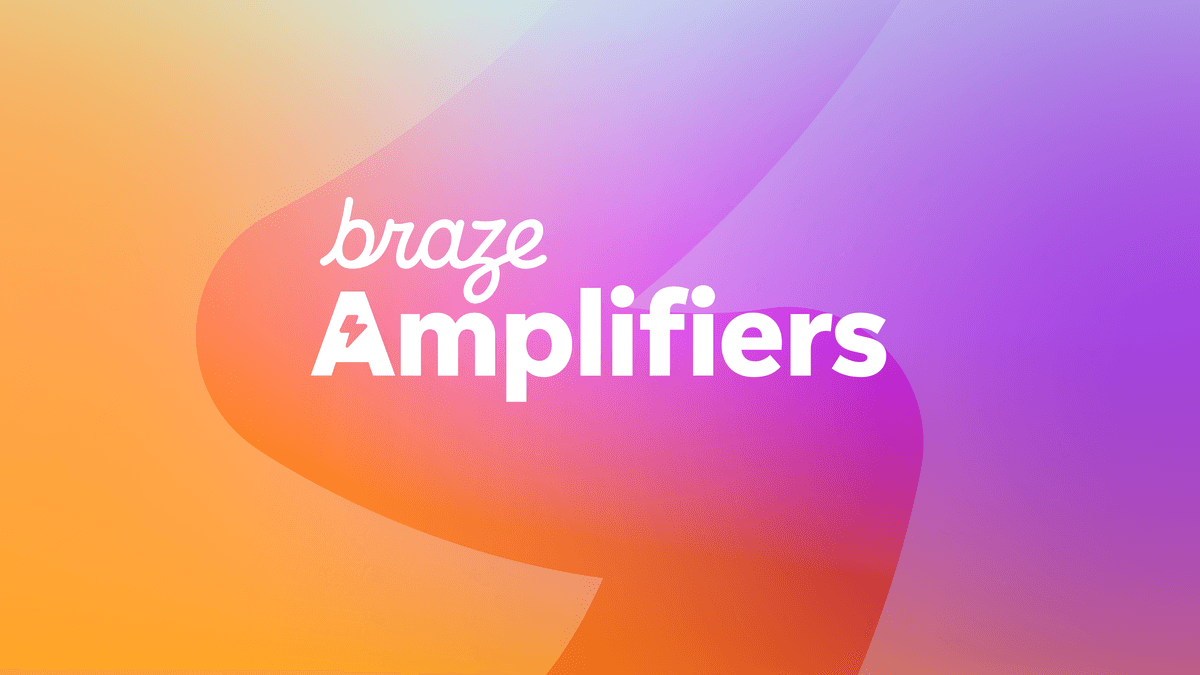Your Legacy Marketing Cloud is Killing Your Marketing (Here’s What You Can Do About It)
Published on May 21, 2020/Last edited on May 21, 2020/4 min read


Mary Kearl
WriterOver the past decade, we've come a long way since the early, pioneering heydays of closed, single-cloud marketing systems. Entirely new ecosystems have emerged—spanning from marketing and engagement to data and insights solutions—opening up new possibilities, and making it possible to truly connect with customers wherever they are, up to the precise moment, with meaningful, relevant, and, importantly, 1:1 personalized experiences.
That's not just an abstract goal; it can be—and is—a reality for many companies, and their customers. (Think of your favorite streaming platform that remembers just which TV series or movie genre you watched most recently or your food delivery app that keeps you apprised of the moment-by-moment updates related to the meal that's heading your way.)
But still, it's not the experience that brands are providing to consumers across the board. The reason? Too many brands are reliant on those self-same legacy platforms and the dated technology they're built on. These solutions are failing brands and holding customer experiences back in four key ways:
1. Not offering best-in-class integrations. These types of legacy platforms are notorious for creating walled-off fortresses, leaving marketers able to engage only with solutions offered directly by these vendors, and keeping third-party solutions—even those that might be just the thing to enhance the customer experience—out of reach.
2. Missing the mark when it comes to mobile customer experiences. Many marketing clouds sell the idea of supporting "cross-channel engagement" but they often leave out some of the most popular channels out there today: Namely, mobile messaging channels. Legacy cloud solutions are anything but cross-channel if they can't effectively support mobile marketing experiences, including push notifications, in-app messaging, and SMS campaigns. These channels are essential, and too many legacy clouds simply aren’t built for the mobile world they speak to.
3. Delivering "real-time" data that's anything but real-time. Alarm bells should go off if your marketing platform's data architecture is built on batch processing—that is data that is processed in the past and shared with a delay—instead of unbounded, streaming data, or data that's continuously updated in the moment. (If you've ever received an email telling you to complete an order you just finished, that sluggish update reeks of batched data processing.)
4. Creating confusing (messy, and frustrating) data and user-experience silos. Legacy systems, usually built by acquisition instead of being designed as a cohesive whole, serve up a patchwork of software that's full of data and UX silos. The systems are, in theory, under the same umbrella but often can't speak to each other, resulting in the kind of technology gaps that leads to mixed customer messaging—such as an email that says one thing and a push notification that tells a different story altogether.
Here's What You Can Do About It: Invest in a Marketing Stack
Where single clouds services have failed, advanced marketing ecosystems deliver. With a foundation based on data agility, today's vertical marketing stacks allow information to flow between a brand’s customer engagement platform and other partner solutions, enabling best-in-class marketing and customer experiences that offer:
- Cross-channel campaign management, optimized for a mobile-first world
- Highly nuanced, dynamic message personalization
- Real-time marketing automation, informed by in the moment data flows
- ...and more
Ready to Build Your Marketing Stack?

With our Braze Alloys partnership hub, Braze has brought together over 50 best-in-class technology partners to help meet your business—and, importantly, your customer—needs, to make your engagement efforts stronger and more effective, forge even more powerful brand-customer relationships, and help you realize your overall engagement strategy.
Our simple, scalable approach allows easy integrations in effective ways, bringing the best of these fundamental building blocks to your modern marketing stack:
- Customer data platforms
- Business intelligence platforms and analytics
- Data warehousing
- Email marketing products
- Additional messaging channels
- Advertising technologies
- ...and more
These solutions can be combined and leveraged to create transformative customer experiences, all while enabling marketing, growth, and engagement teams to do their jobs more effectively. What does that look like? For IBM, it meant building a stack around the Braze customer engagement platform, Amplitude’s analytics solution, and customer data platform (CDP) Segment to send targeted, insight-driven cross-channel campaigns via email and in-app messages, increasing conversion rate by 7% and driving $800,000 in new annual recurring revenue (ARR).
Learn more about the six technology categories within Braze Alloys, the key pillars of our partnership hub, which brands like Microsoft, Canva, Ibotta, and MINDBODY are using to tie customer engagement solutions with other key platforms.
Related Tags
Be Absolutely Engaging.™
Sign up for regular updates from Braze.




